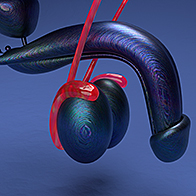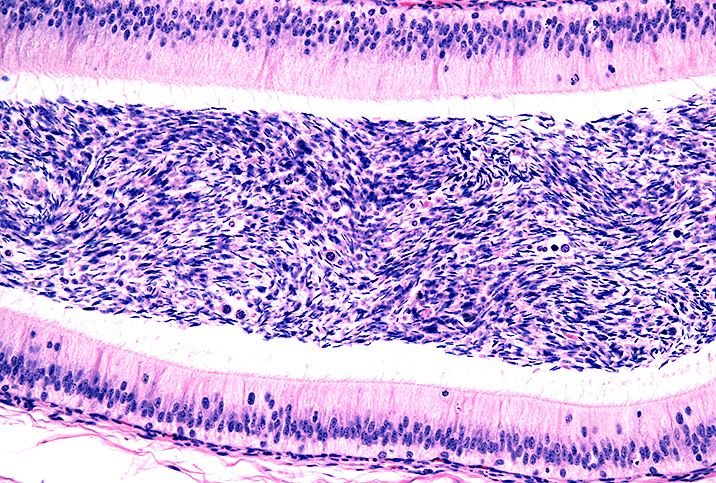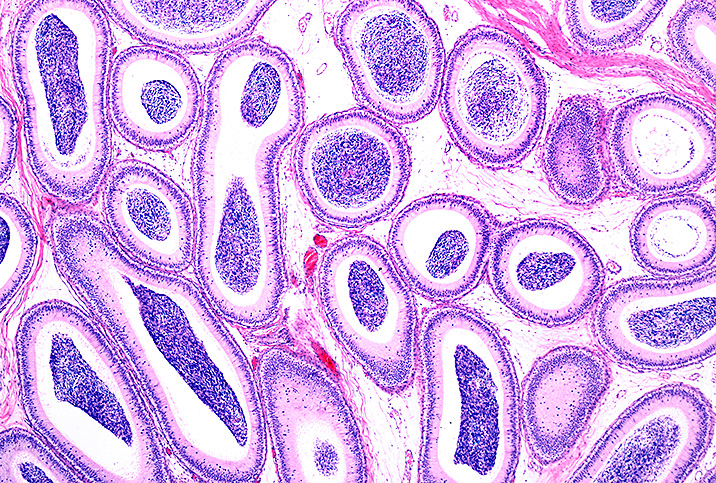Know Which Epididymitis Risk Factors You Can Control

It's easy to think of your testicles as two balls that sit in the comfort of the scrotum that create sperm and testosterone. But these anatomical outliers have tubes and veins and arteries that allow them to function properly.
One such feature is the epididymis, a tube attached to each testis, which is instrumental in the storage and transportation of sperm. Occasionally, this tube becomes inflamed, which can lead to a variety of painful or unpleasant symptoms, such as a swollen scrotum, pain in the testicle or during urination, penile discharge and blood in the semen.
Epididymitis is sometimes perceived as primarily affecting older men, perhaps because this type of inflammation is also associated with prostate and urinary issues, which tend to affect the older population.
Matthew Mutter, M.D., a urologist and men's health clinician with LSU Healthcare Network in New Orleans, said epididymitis tends to affect men who have prostate issues and can't empty their bladder, which in turn means they have an increased risk of urinary tract infections (UTIs).
"A downstream effect would be an increased chance of epididymitis," he said.
In actuality, however, this condition occurs most often in younger men, especially those ages 18 to 35, and the frequent cause is one many guys know all too well.
Epididymitis in younger men
"When you talk about causes of epididymitis, you want to break it off into two big groups," Mutter said. "And, of course, the most common cause of epididymitis in younger men is going to be a sexually transmitted infection."
Sexually transmitted infections, such as chlamydia and gonorrhea, are among the most common STIs to carry an association with epididymitis. The bacteria transferred from one person to another during infection also causes the epididymis to become inflamed, resulting in what is generally referred to as acute epididymitis.
Acute epididymitis should not be confused with chronic epididymitis, which is a whole other story.
"So anything that you can do to decrease transmission of a sexually transmitted disease will then in turn decrease epididymitis risk," Mutter said. "So safe-sex practices, like condom use and that sort of thing, will decrease the likelihood and chances of epididymitis in younger men."
Epididymitis is generally treated with antibiotics, which also may be prescribed to address a sexually transmitted infection (STI) or other conditions. In rare and extreme cases, pus-draining procedures or even surgery may be required as part of the intervention for acute epididymitis.
Epididymitis in older men
Treating epididymitis in older men can be a bit more complicated due to the intersecting conditions known to impact bladder control, sexual function and prostate health.
Wael Almajed, M.D., a urologist at Tulane University in New Orleans who has a subspecialization in sexual medicine, said physicians tend to find some common traits when dealing with older patients experiencing epididymitis.
"We suspect that they have some sort of incomplete emptying of the urine—benign prostatic hypertrophy, urethral stricture disease or a weak bladder that cannot empty the urine completely," Almajed said. "In those cases, the urine stagnates in the bladder, and they can have [a] urinary tract infection. And this infection could go down to the epididymis and the testicle and transmit the infection there. Most of the time, it's secondary to benign prostatic enlargement."
Surgical procedures and invasive equipment can create conditions that may lead to epididymitis, which is one reason it is so important for urological patients to make a point to work closely with physicians to cover all the bases.
"Men who have indwelling Foley catheters are at increased risk of epididymitis," Mutter said. "Because they can't empty their bladder for whatever reason—prostate issue, bladder issue—those guys will have an increased risk of epididymitis."
Even without foreign objects or obvious symptoms of other conditions, it's a good idea to work with primary care and urological care doctors to track bladder and prostate health in general.
Avoiding or treating lower urinary tract symptoms is helpful in decreasing the chance of epididymitis in the older patient population, Mutter said.
Epididymis care basics
"In young people, when they present with epididymitis in their 20s or 30s, the things that we suspect are sexually transmitted diseases, like gonorrhea or chlamydia," Almajed said. "So things to prevent that in this age group include practicing safe sex, protective intercourse and avoiding multiple sexual partners."
Your sexual partner or partners should be included in personal sexual health revelations that may affect their health, as well. When epididymitis coincides with an STI diagnosis, your sexual partner should be notified so they can follow up with their own testing and medical examination to determine what kind of antibiotics and other medicines, if any, should be prescribed.
This also underlines the importance of taking your own symptoms seriously. You should never ignore pain in the penis, testicles or pelvic area, especially if you've been engaging in unprotected or unsafe sexual encounters.
Likewise, make time to talk to your doctor about urinary issues, which can be indicative of other health problems. It's best not to ignore problems with urination or pain and discomfort, regardless of how slight they may be.
Untreated epididymitis can lead to the formation of an abscess and surgery as a necessary remedy to drain fluid. In other rare instances, part or all of the epididymis may need to be removed during an epididymectomy to prevent further complications and problems.
All kinds of pain and discomfort can be debilitating or, at the very least, inconveniencing. Make sure you work with your doctors and your own body to get the kind of care you need.




















